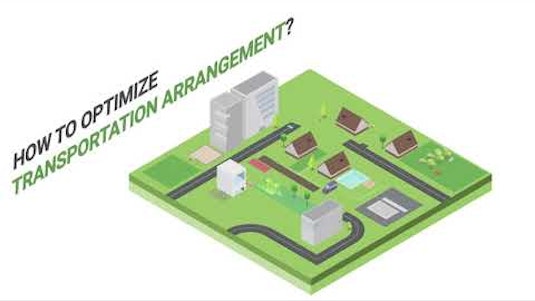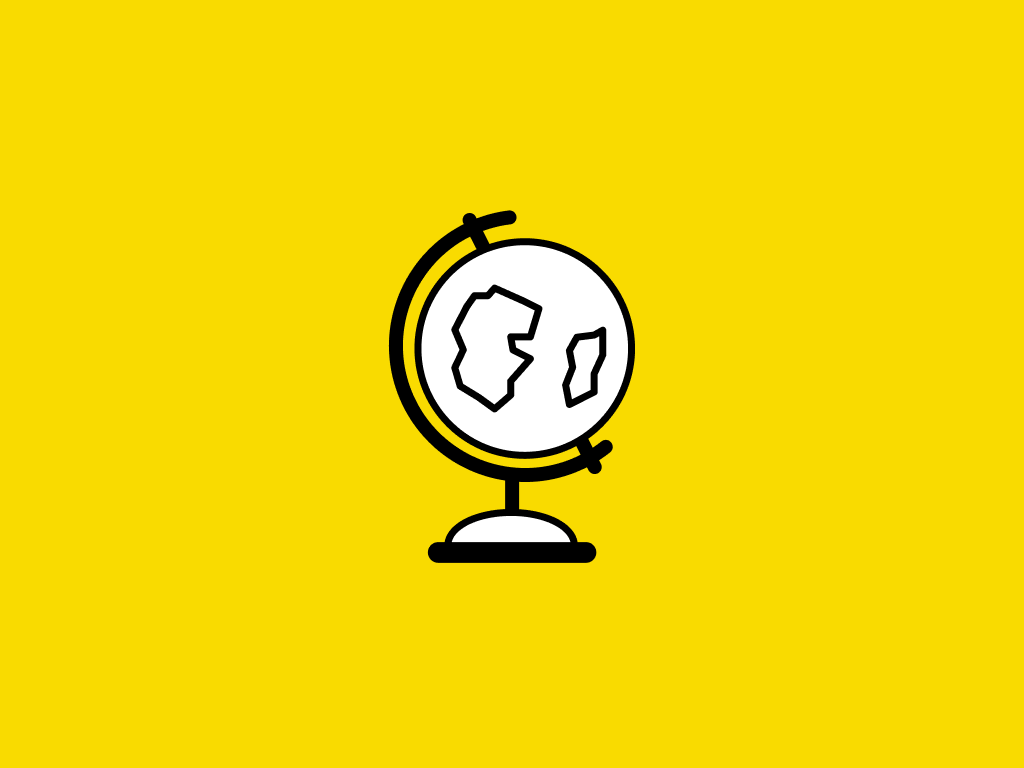
Description
In this course you'll learn how to perform inference using linear models.
Previously, you learned the fundamentals of both statistical inference and linear models; now, the next step is to put them together. This course gives you a chance to think about how different samples can produce different linear models, where your goal is to understand the underlying population model. From the estimated linear model, you will learn how to create interval estimates for the effect size as well as how to determine if the effect is significant. Prediction intervals for the response variable will be contrasted with estimates of the average response. Throughout the course, you'll gain more practice with the dplyr and ggplot2 packages, and you will learn about the broom package for tidying models; all three packages are invaluable in data science.
Tags
Syllabus
-In the first chapter, you will understand how and why to perform inferential (instead of descriptive only) analysis on a regression model.
Simulation-based inference for the slope parameter
-In this chapter you will learn about the ideas of the sampling distribution using simulation methods for regression models.
t-Based Inference For the Slope Parameter
-In this chapter you will learn about how to use the t-distribution to perform inference in linear regression models. You will also learn about how to create prediction intervals for the response variable.
Technical Conditions in linear regression
-Additionally, you will consider the technical conditions that are important when using linear models to make claims about a larger population.
Building on Inference in Simple Linear Regression
-This chapter covers topics that build on the basic ideas of inference in linear models, including multicollinearity and inference for multiple regression models.

-
TypeOnline Courses
-
ProviderDataCamp
Previously, you learned the fundamentals of both statistical inference and linear models; now, the next step is to put them together. This course gives you a chance to think about how different samples can produce different linear models, where your goal is to understand the underlying population model. From the estimated linear model, you will learn how to create interval estimates for the effect size as well as how to determine if the effect is significant. Prediction intervals for the response variable will be contrasted with estimates of the average response. Throughout the course, you'll gain more practice with the dplyr and ggplot2 packages, and you will learn about the broom package for tidying models; all three packages are invaluable in data science.
-In the first chapter, you will understand how and why to perform inferential (instead of descriptive only) analysis on a regression model.
Simulation-based inference for the slope parameter
-In this chapter you will learn about the ideas of the sampling distribution using simulation methods for regression models.
t-Based Inference For the Slope Parameter
-In this chapter you will learn about how to use the t-distribution to perform inference in linear regression models. You will also learn about how to create prediction intervals for the response variable.
Technical Conditions in linear regression
-Additionally, you will consider the technical conditions that are important when using linear models to make claims about a larger population.
Building on Inference in Simple Linear Regression
-This chapter covers topics that build on the basic ideas of inference in linear models, including multicollinearity and inference for multiple regression models.
Related Courses


Spacecraft Relative Motion Control

Predictive Modeling, Model Fitting, and Regression Analysis

Introduction to Statistics

Introductory Statistics : Analyzing Data Using Graphs and Statistics

Linear Algebra, Part 1

STAT 414: Introduction to Probability Theory

Fun with Prime Numbers: The Mysterious World of Mathematics

Basic Calculus - 1

Statistics 101

Operations Research: an Active Learning Approach


 Online Courses
Online Courses  DataCamp
DataCamp
